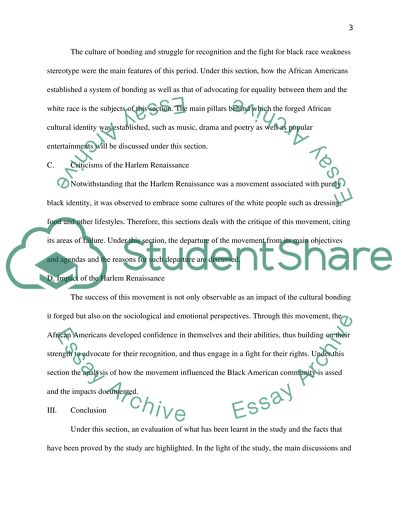Cite this document
(“Harlem Renaissance Research Paper Example | Topics and Well Written Essays - 3750 words”, n.d.)
Retrieved from https://studentshare.org/literature/1400650-harlem-renaissance
Retrieved from https://studentshare.org/literature/1400650-harlem-renaissance
(Harlem Renaissance Research Paper Example | Topics and Well Written Essays - 3750 Words)
https://studentshare.org/literature/1400650-harlem-renaissance.
https://studentshare.org/literature/1400650-harlem-renaissance.
“Harlem Renaissance Research Paper Example | Topics and Well Written Essays - 3750 Words”, n.d. https://studentshare.org/literature/1400650-harlem-renaissance.


